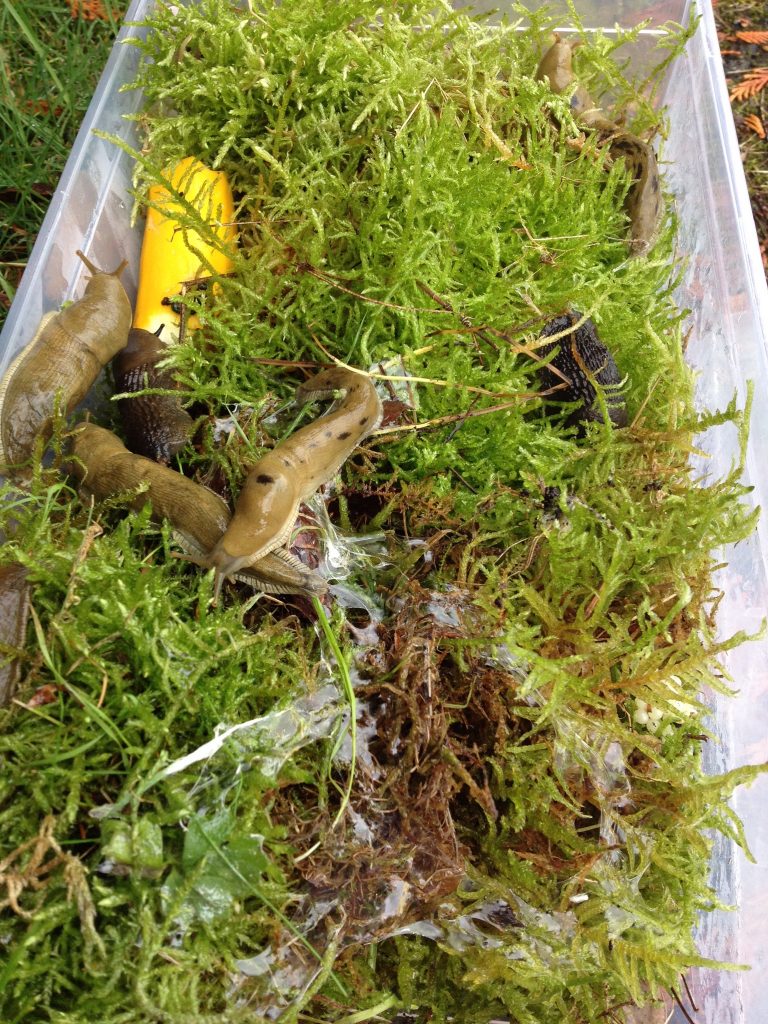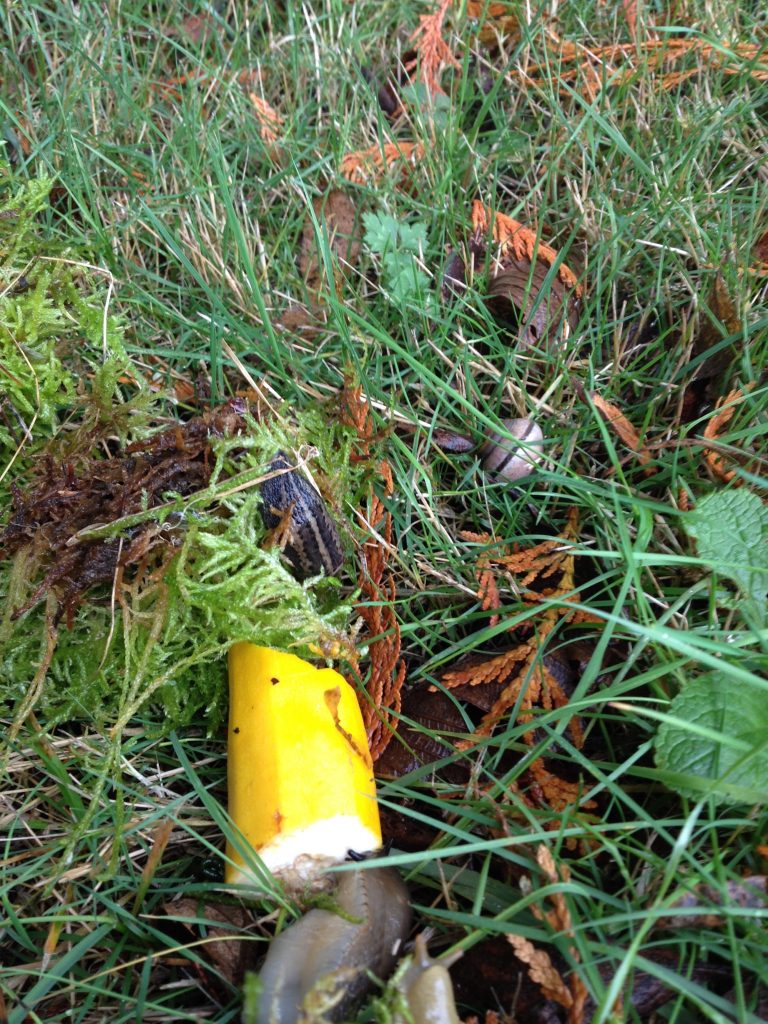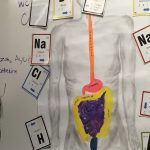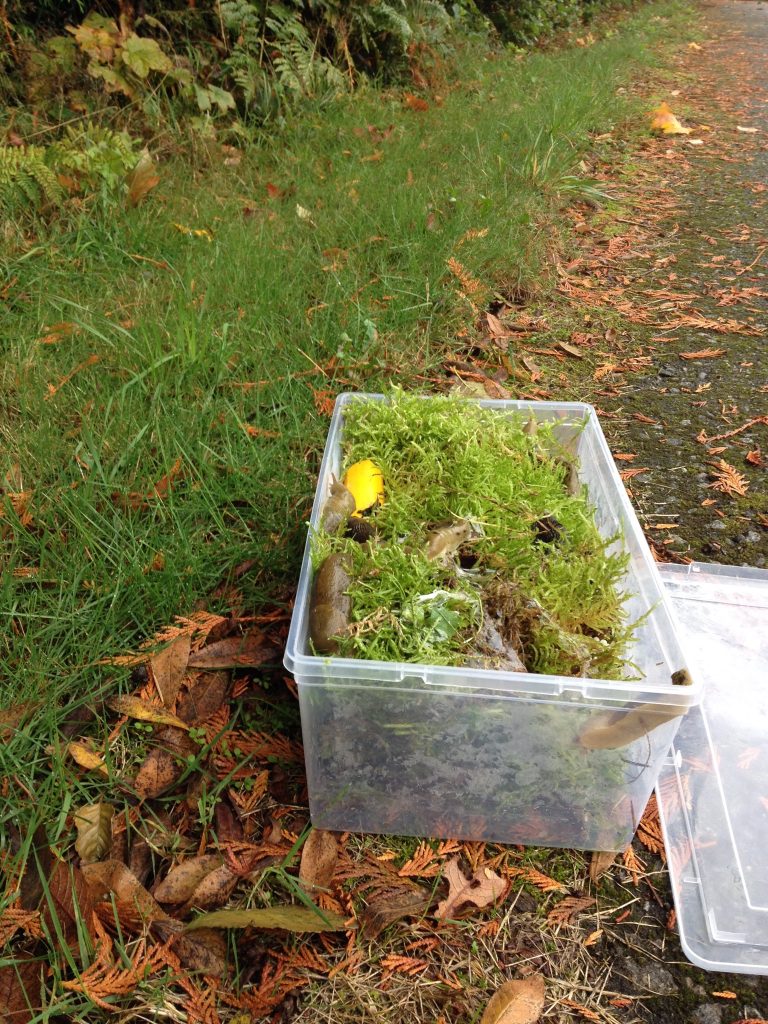
The Banana slugs, Leopard slugs and the European Slugs were finally freed and allowed to return to their regular habitat after working in the science lab for the past three weeks.
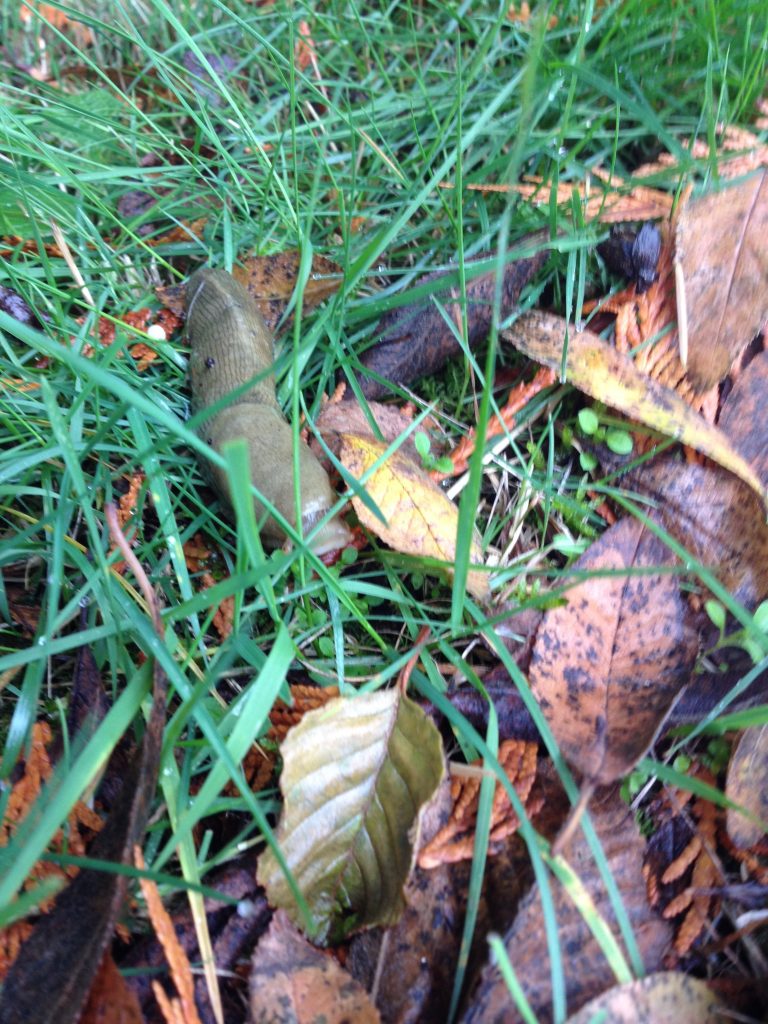
The air temperature in the school lab was approximately 18 degrees celsius. Outside the air temperature was approximately 10 degrees celsius. The ground temperature was approximately 7 degrees celsius. The slugs slithered away after being freed.
Slug Slime has many interesting properties:
Slug slime contains water, mucus and salts. Mucus is made of mucins. These are proteins with attached carbohydrates. They are able to form sticky, moisture-trapping gels when they are added to water. Slug slime is said to be hygroscopic due to its ability to absorb water. It also has the ability to change its consistency when pressure is applied and has elastic properties.
Fresh slug slime is hard to wash off our skin due to its stickiness and hygroscopic nature. Although it may be tempting to immediately reach for soap and water if we’re covered with slug slime, it’s actually easier to let the slime dry and then rub our hands together. The slime will form little balls that are easy to remove.
Banana slugs are interesting and attractive animals.
They are bright yellow to greenish yellow in color and sometimes have black blotches. The banana slug is the second largest slug in the world and may reach a length of almost 25 centimetres although most adults are 15 to 20 centimetres in length. The largest slug in the world isLimax cinereoniger, which is found in Europe and may reach a length of nearly 30 centimeters.
The banana slug is found in the Pacific Coast region of North America from Alaska to California. Its slime contains an anesthetic. A predator that picks up a banana slug would feel their mouth go numb and might drop the slug unharmed.

